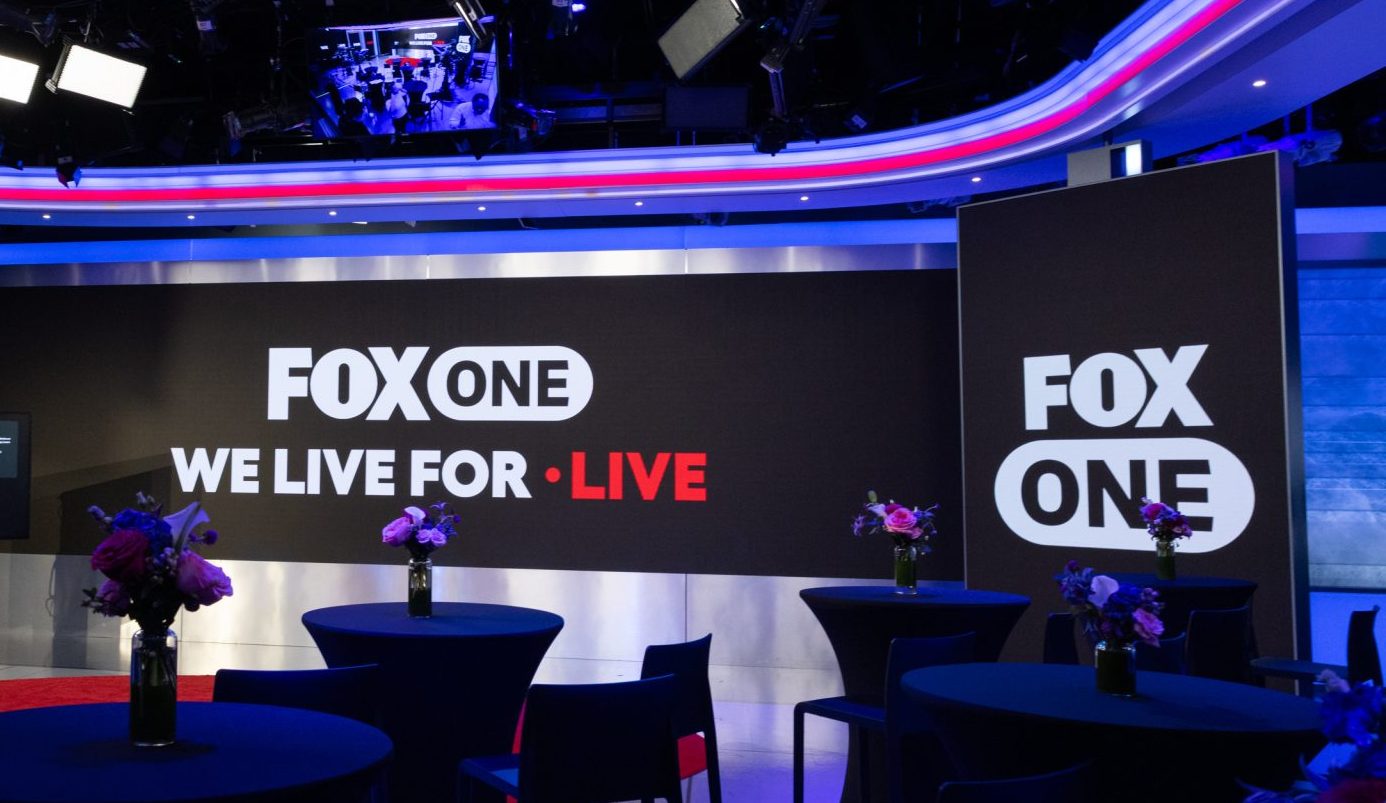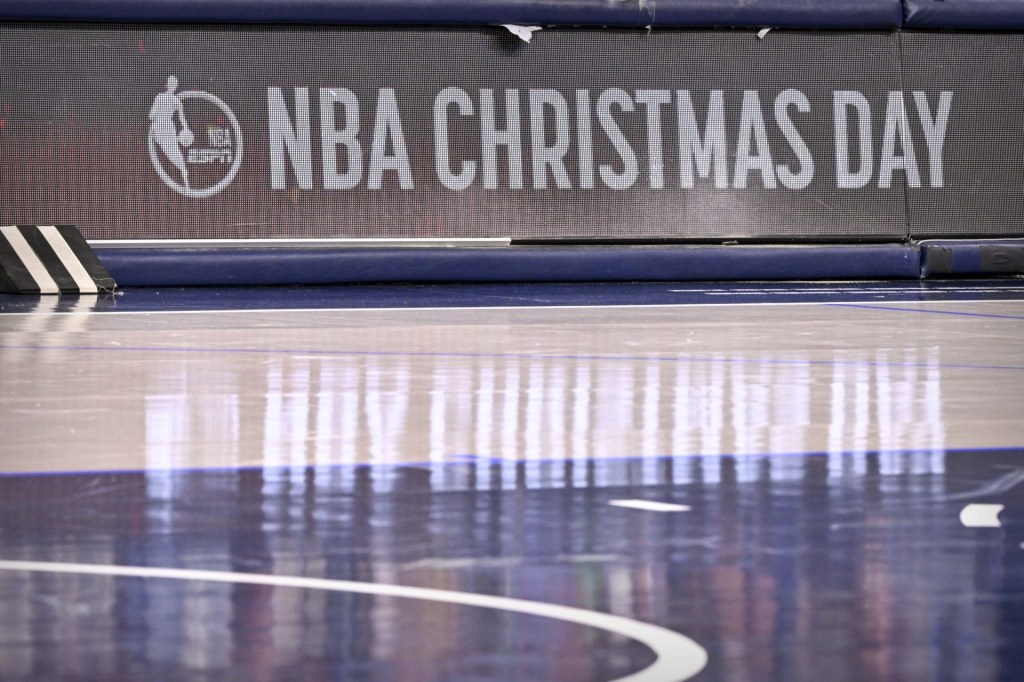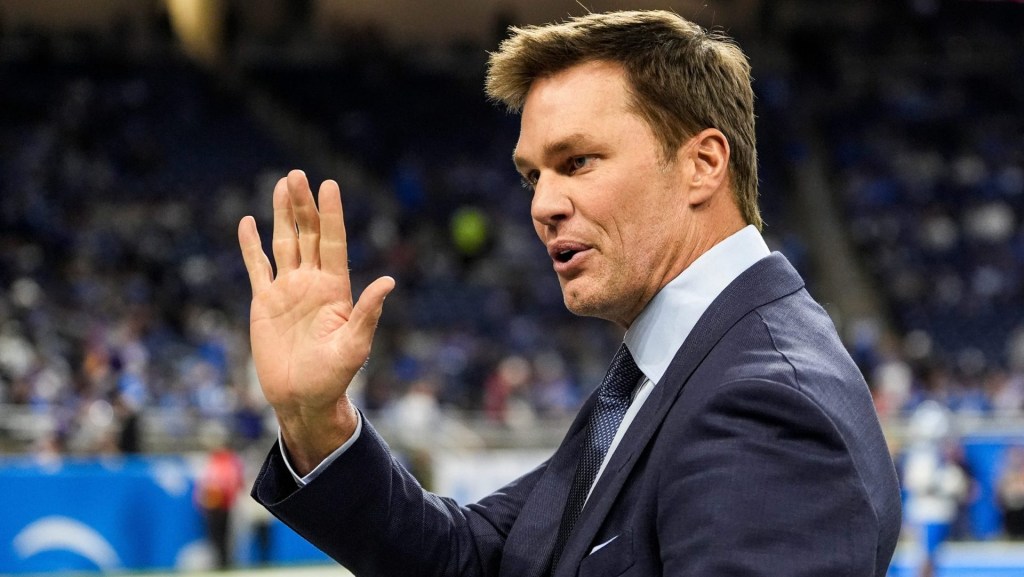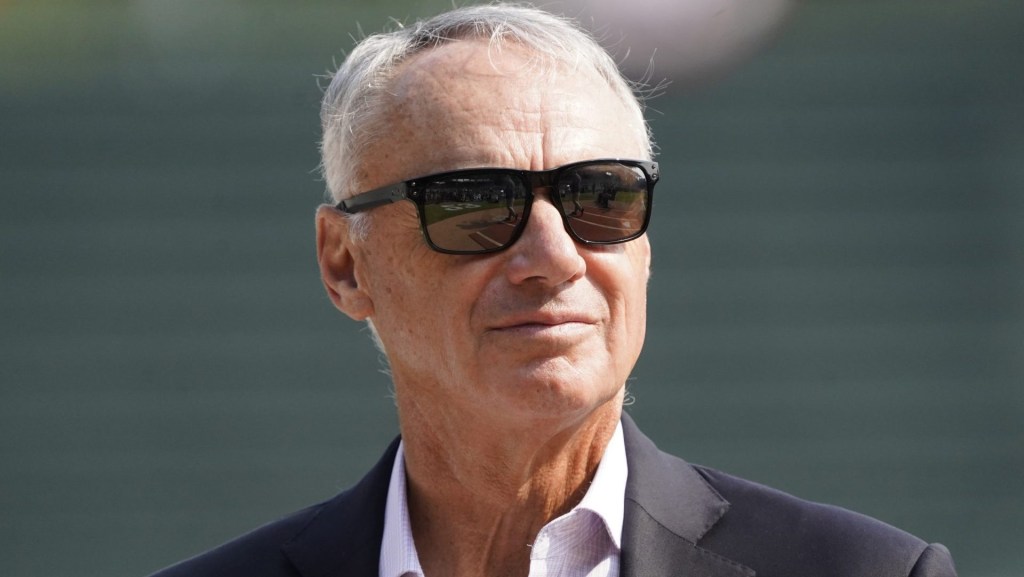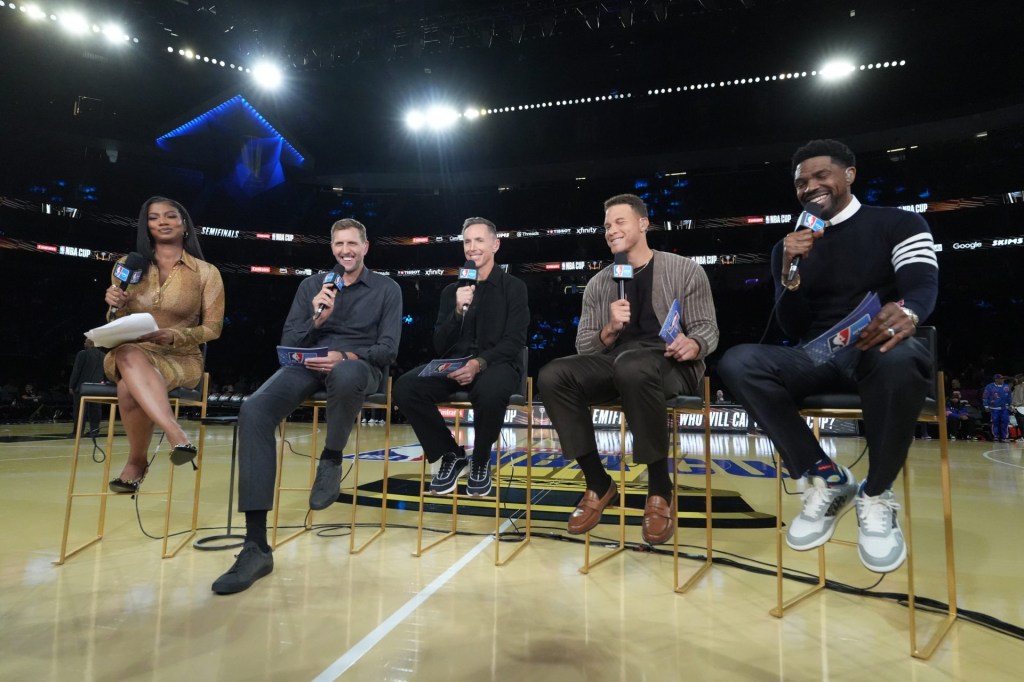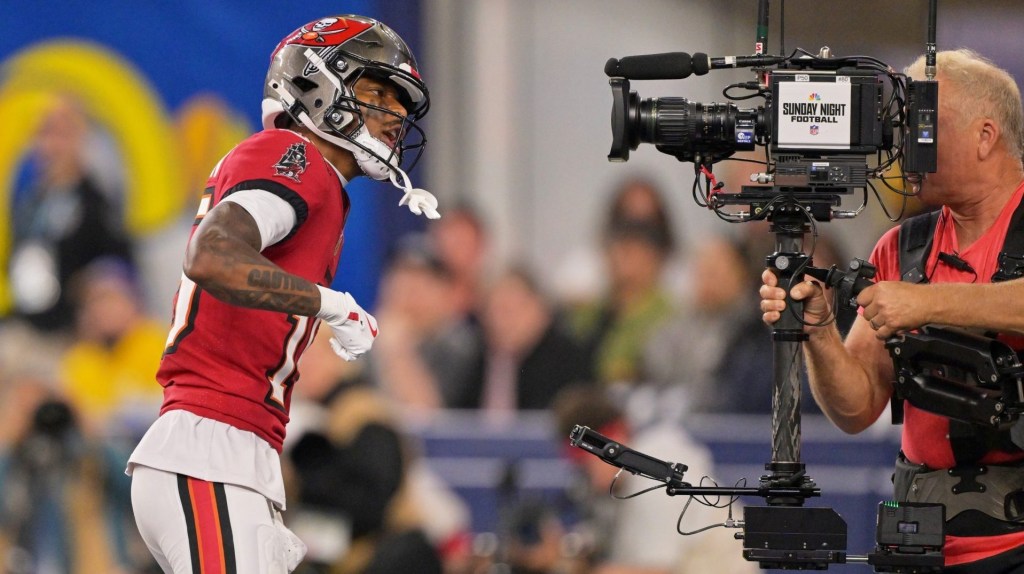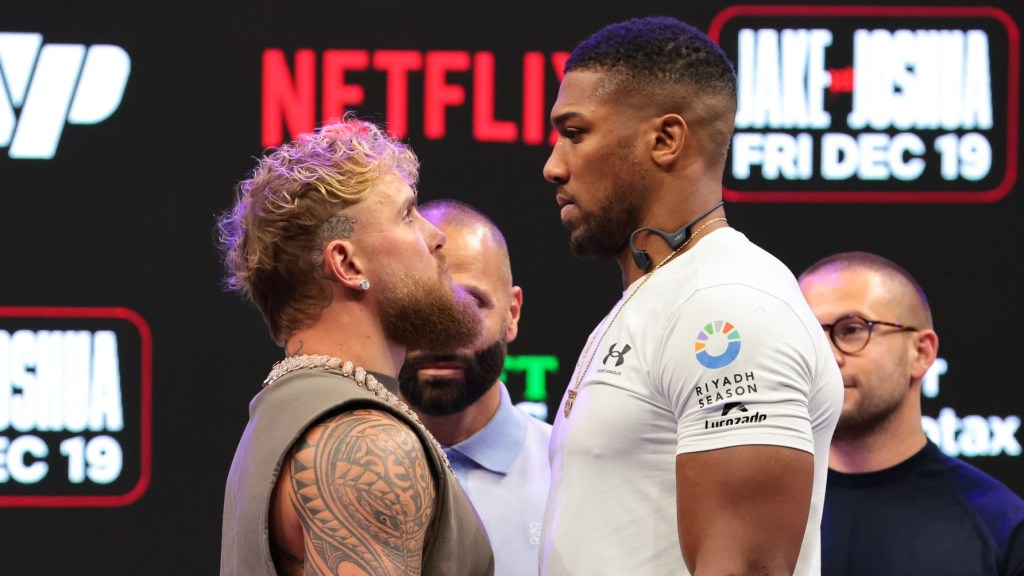Fox executives see the forthcoming arrival of Fox One, its late-arriving but high-profile entry to the streaming wars, as a major move to reconstruct the network’s presence in a fast-changing media environment. There’s still an inherent limit to the company’s strategy, though, compared to many of its top competitors.
Unlike many other services, such as Comcast’s Peacock and the Skydance-controlled Paramount+, which offer vast amounts of sports content that is exclusive to those streaming platforms, Fox One will operate more as a straightforward digital extension of Fox’s presence in linear television.
Fox One, debuting Thursday, will be an articulation of a much more platform-agnostic thinking in which the network simply intends to attract viewers to any screen possible with the same base of content. For many years, Fox was far less invested in streaming than its key network competitors, continuing to point to far-larger linear audiences that existed. The accelerating decline of traditional cable and satellite television, however, is now impossible to ignore.
“Fox has maintained a disciplined content strategy … but we know there’s a growing audience outside of cable,” Fox One CEO Pete Distad said. Distad previously led Venu Sports, which was discontinued before its public debut amid legal issues. “We need to give those cord-cutters and cord-nevers access to our incredible content.”
Market Forecasts
Initial projections for Fox One, however, remain modest as company executives expect to have a subscriber count in the “mid-single digit millions,” far less than many other top-tier streaming services.
“When [Fox CEO and executive chair Lachlan Murdoch] says ‘modest’ and ‘measured,’ what he means is that we’re not going to go out and spend billions of dollars on original programming specifically for this platform,” Distad said. “We already spend billions of dollars per year on programming for our [entire] ecosystem. We’re just extending that now and taking it to an audience that isn’t being served.”
The new service carries an unbundled cost of $19.99 per month, with existing linear and cable subscribers able to authenticate and access the same streaming features. Beyond that, though, Fox One has also sought outside partnerships to boost its profile and continues to do so. A new bundle deal with the direct-to-consumer version of ESPN, also debuting Thursday, is particularly targeted to sports fans and will arrive in October.
That offering, however, is essentially a marketing effort, and there are no current plans to integrate the other network’s content into their own streaming service—due to a variety of reasons around economics, data, and user experience.
“There’s a lot of mess out there right now with the bundling,” Distad said. “No one has the [single right] answer, but that’s why we built this flexibly, so we can adjust it as the industry adjusts. You’ll see us continue to test around things like the ESPN partnership. … But we all know it’s messy for consumers, especially for sports.”
Super Bowl Influence
Fox One will feature the full complement of Fox’s broadcast sports portfolio, as well as FS1, FS2, and the Big Ten Network. Last February’s Super Bowl, however, represented a key inflection point in Fox’s expanded thinking on streaming.
As the game drew a record-level average audience of 127.7 million, Fox’s Tubi averaged 13.6 million viewers, according to first-party data. That total was part of what was by far a record-level digital audience in Super Bowl history. Tubi, Fox’s free streaming service, will continue, but the game’s historic totals also showed the bigger opportunity in streaming.
“Earlier this year, we raised the bar for digital broadcasting at scale by delivering the most-watched Super Bowl ever,” Distad said. “With the capabilities we demonstrated with that, along with the rapid evolution of [artificial intelligence], we are set up to deliver the premium live streaming experience of the future.”
